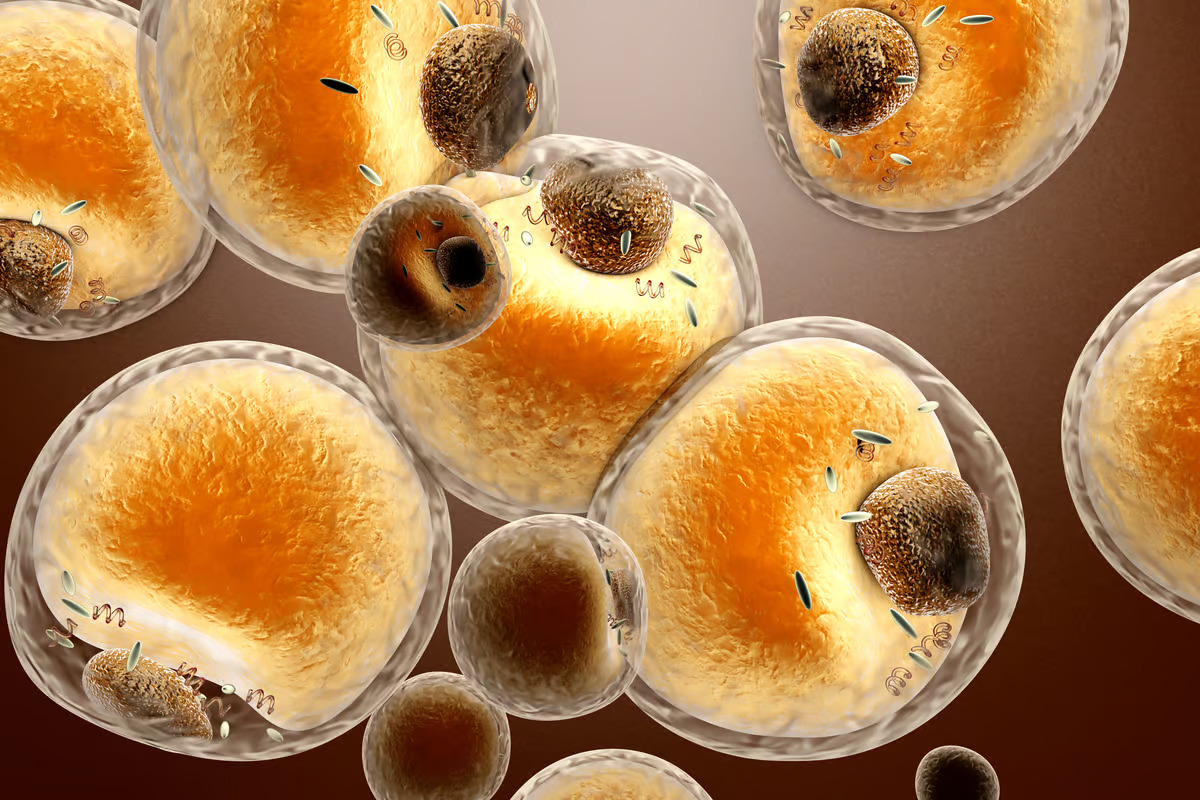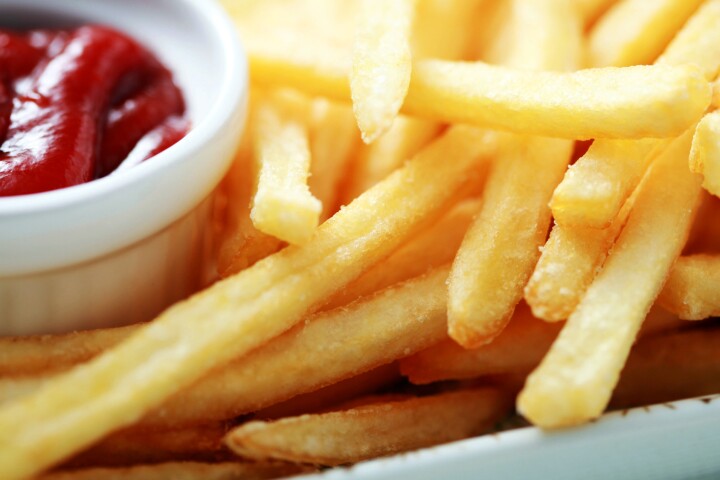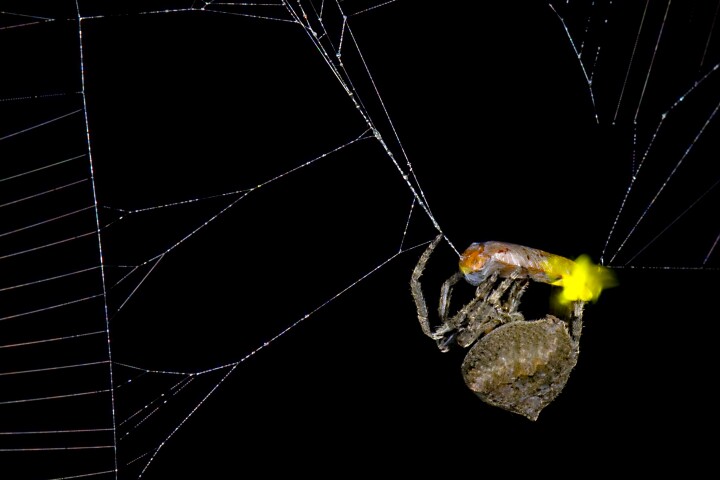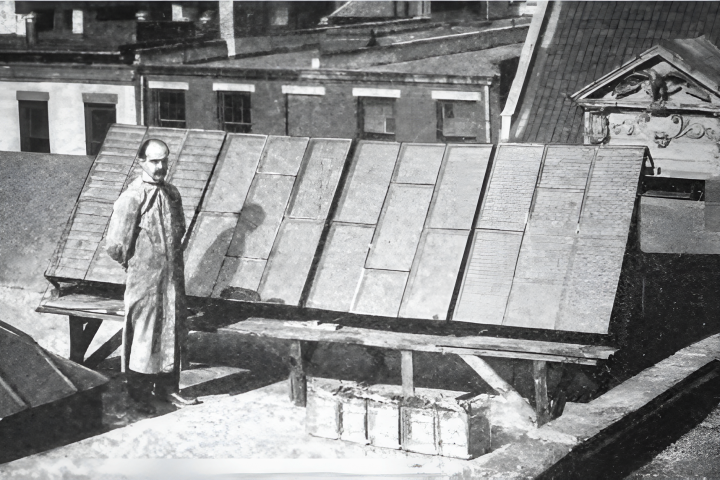 Scientists have discovered a new type of fat cell that could open a new path to obesity treatments. Depositphotos –
Scientists have discovered a new type of fat cell that could open a new path to obesity treatments. Depositphotos –
Fat comes in a few different types. The stuff that accumulates around our bellies and thighs is mostly made up of white fat cells, which act as an energy reserve. Brown fat cells are shorter lived, actively burning their stored energy to release heat, helping maintain body temperature. And then there’s beige fat cells, which are a mix of the two and do both jobs but less efficiently than the specialized versions.
And now, scientists have discovered a new kind of fat cell. It’s a subtype of beige fat cells, but it seems to burn energy and generate heat through a completely different mechanism.
Brown fat cells and the previously known type of beige fat cells both generate heat using a protein called UCP1. This protein is found in the inner membrane of the mitochondria, the energy-producing components of cells. As part of its normal function, the mitochondria pumps protons into the space between its inner and outer membranes, and then back into the mitochondria. The UCP1 protein creates very tight gaps in the inner membrane, and as the protons pass through them it creates a lot of friction, and as a result heat.
But scientists began to notice that some beige fat cells didn’t have UCP1 at all. So for the new study, a team from ETH Zurich investigated how they might generate heat without it. They discovered that the new beige fat cells engage in “futile cycles” – biochemical processes that don’t seem to have any specific purpose.
These futile cycles took two forms. In one, the cells break down fats into fatty acids, then quickly reassemble them back into new fats. In another, creatine is converted into another molecule called creatine phosphate, then immediately converted back into creatine.
Both processes consume energy and generate heat, without providing another benefit to the cell – but maybe burning excess energy is the point. It might be like running on a treadmill, where it’s not actually getting you to a new location but it’s helping shed weight.
These new beige fat cells were first identified in mice, but when the researchers examined samples of human fat tissue they spotted them there too. Intriguingly, they seem to be more common than the previously known type: futile cycle beige fat cells seem to be present in almost all humans, while less than half of the population has UCP1 beige fat cells.
As you might expect, people who have more beige fat cells of either type seem to be generally healthier. The new study could lead to drugs that help activate these cells, or convert white fat cells into beige ones – an area that’s getting a lot of attention lately.
The research was published in the journal Cell Metabolism.
Source: ETH Zurich
–























